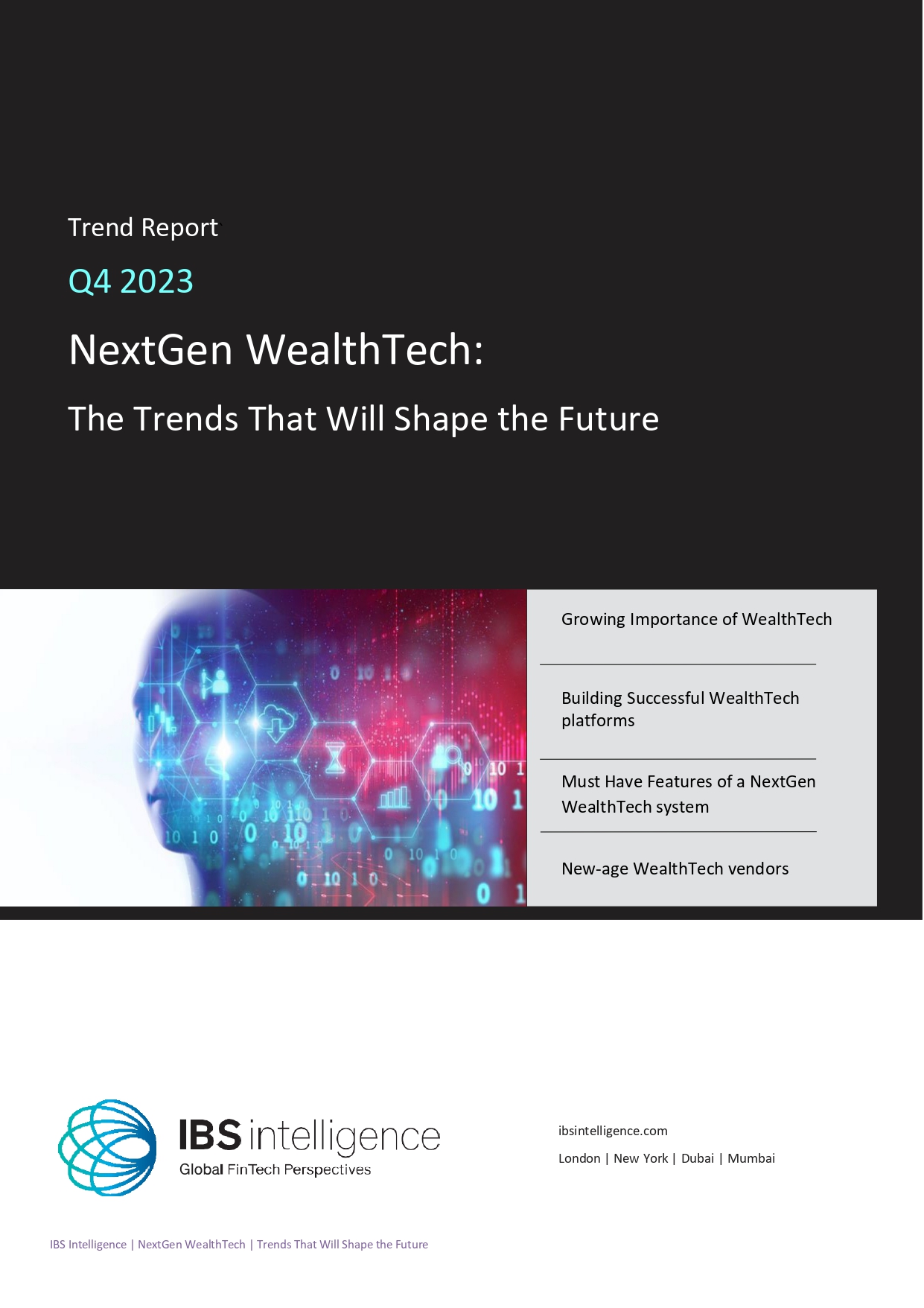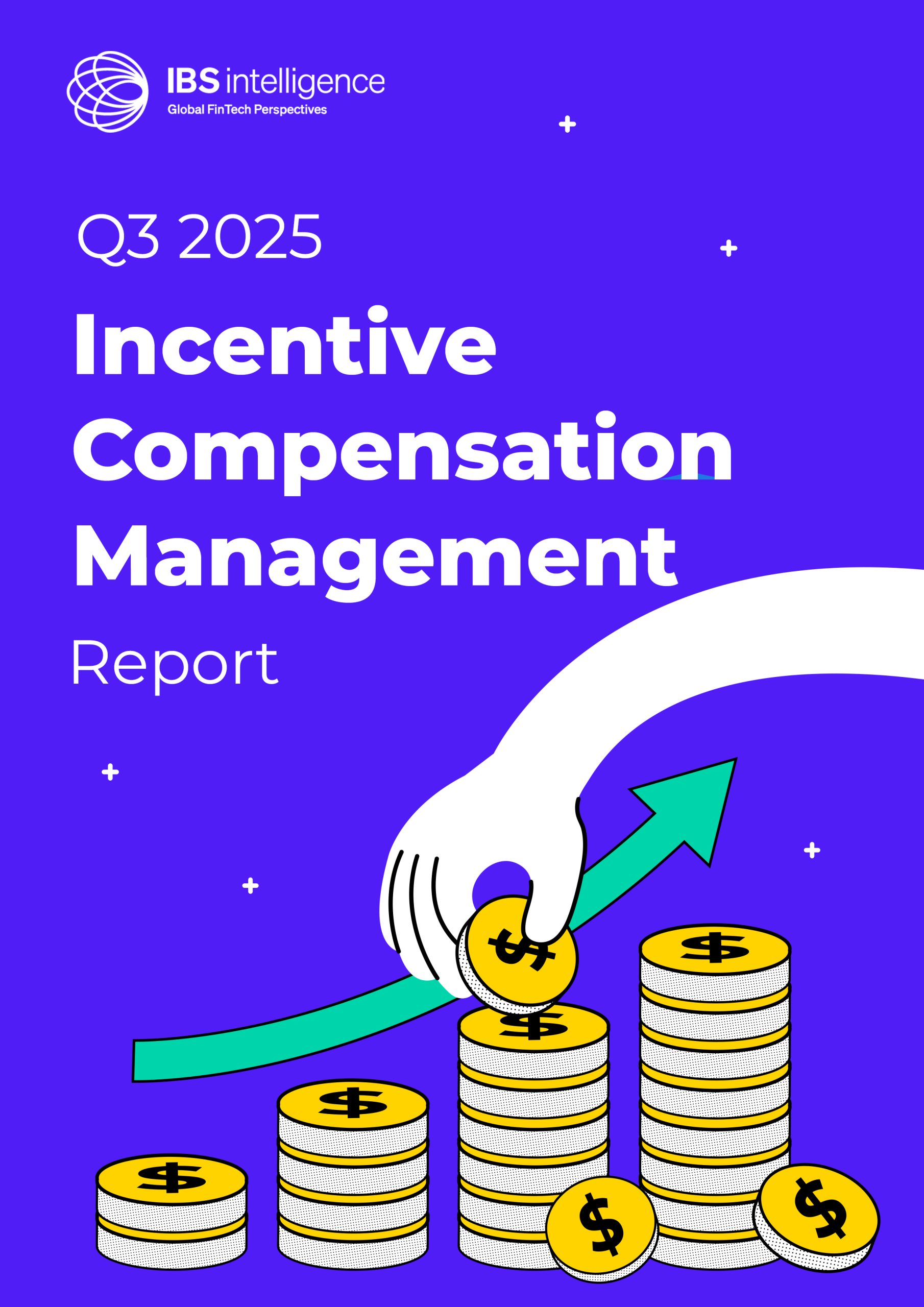 Back
Back
Council data breach pressures FinTech onboarding and AML
By Vriti Gothi

A recent cyber incident affecting a UK local authority has reignited concerns over the resilience of public-sector digital infrastructure and the growing implications for financial institutions that rely on government-issued data for identity verification and compliance checks. As attacks on local-government systems become increasingly frequent, industry experts warn that the ripple effects are being felt far beyond the public sector, creating new vulnerabilities within the financial ecosystem.
Local councils hold a wide range of sensitive information from residency records and council tax data to supporting identity documents — making them a valuable target for cybercriminals. These data sets form a crucial part of the UK’s identity and verification framework, and any disruption can create significant challenges for regulated firms carrying out due diligence, customer onboarding and ongoing monitoring. While public attention typically centres on the operational impact of systems going offline, the longer-term effects of compromised datasets can be far more complex.
In recent years, cyber-attacks on councils have shifted from isolated incidents to a persistent operational hazard. Analysts say austerity-era budget reductions, ageing IT systems and uneven cybersecurity maturity across regions have contributed to the vulnerability. When councils fall victim to an attack, the consequences are often twofold: immediate service disruptions, followed by the slower emergence of compromised data in unexpected places. This secondary effect is particularly concerning for financial institutions tasked with preventing fraud, money laundering and identity misuse.
Stuart Morris, Chief Technology and Product Officer at SmartSearch, highlighted, “Incidents like this show that even well-resourced councils remain vulnerable to disruption. Cyber-attacks are now routine hazards rather than rare events, and when core public services are knocked offline, the effects travel quickly beyond the authority itself. The risk is less about a dramatic breach and more about the slow, downstream leakage that criminals know how to exploit.”
For banks, FinTechs, insurers and other regulated firms, the challenge is not only identifying customers accurately but also determining whether the documents, data points and addresses they rely on have been affected by an external breach. When residency records or supporting documents are exposed, fraudsters may attempt to reuse the information to pass automated onboarding systems or to create synthetic identities that blend stolen and fabricated data. This places additional pressure on firms to scrutinise documentation more rigorously and detect subtle anomalies that might indicate compromised records.
Industry specialists say the increasing frequency of cyber incidents in the public sector demands greater coordination between government bodies, financial institutions and AML solution providers. In particular, firms are being advised to strengthen their verification workflows during periods following large-scale breaches, implement monitoring rules tied to affected postcodes or datasets, and maintain heightened vigilance for unusual document patterns. While these steps may temporarily increase operational workloads, experts argue that they are essential to protecting against downstream exploitation.
The incident also raises questions about the long-term resilience of the UK’s identity infrastructure. As more financial services move online and digital onboarding becomes the standard, the accuracy and integrity of the data underpinning these processes becomes ever more critical. Any weakness in upstream systems whether public-sector portals, identity registries or document issuance channels introduces vulnerabilities that can cascade into the private sector.
Cybersecurity analysts caution that while no institution can eliminate breaches entirely, the ability to respond quickly and maintain robust controls in the aftermath is now a key determinant of operational resilience. For financial firms, this means ensuring that risk mitigation strategies are not confined to internal systems but consider the wider ecosystem of data sources on which they depend. As Morris notes, “the real test is how quickly organisations adapt and maintain their defences in the days and weeks that follow.”
With cyber-attacks showing no sign of slowing, both public authorities and private institutions face mounting pressure to strengthen defences and improve information-sharing mechanisms. The latest incident serves as another reminder that in a tightly interconnected financial and identity landscape, the impact of a breach rarely stays confined to its point of origin.
Previous Article
IBSi FinTech Journal

- Most trusted FinTech journal since 1991
- Digital monthly issue
- 60+ pages of research, analysis, interviews, opinions, and rankings
- Global coverage







